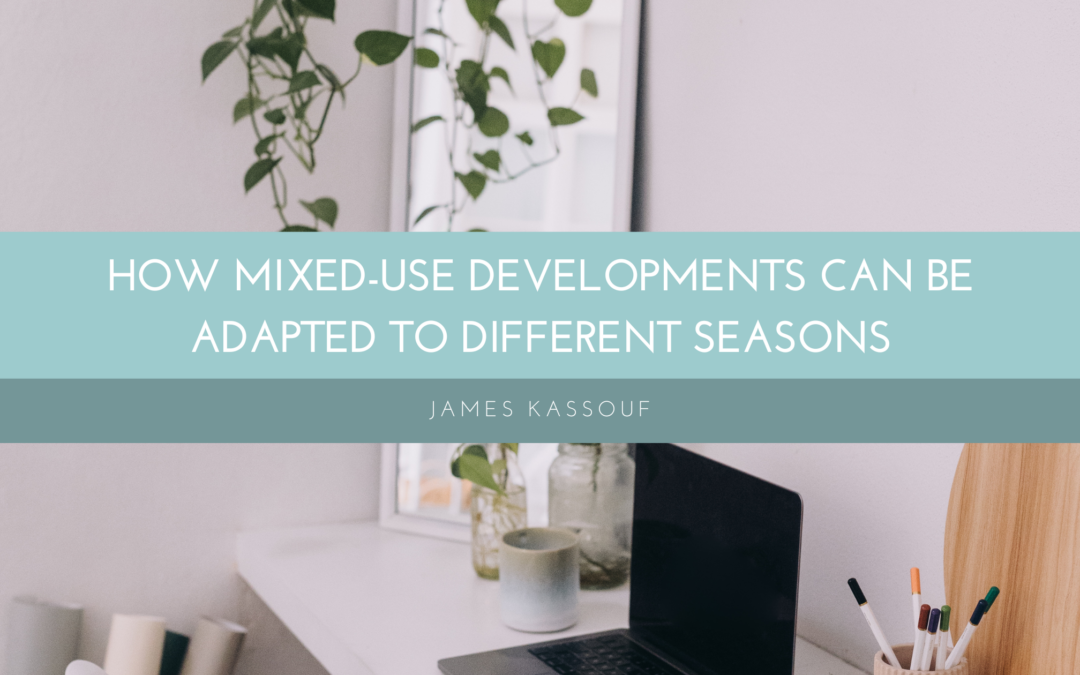Mixed-use developments have become a hallmark of modern urban planning, seamlessly blending residential, commercial, and recreational spaces. These multifaceted environments cater to diverse needs, fostering vibrant communities and economic growth. However, to truly optimize their potential, developers and designers must consider how these spaces can adapt to the changing seasons. By embracing seasonal variations, mixed-use developments can enhance their appeal and functionality throughout the year.
Embracing Outdoor Spaces: In warmer seasons, outdoor areas within mixed-use developments can become bustling hubs of activity. From outdoor seating at cafes to communal gathering spaces, these areas play a vital role in fostering social interaction and enhancing the overall experience. To adapt to different seasons, developers can incorporate retractable awnings, heaters, and fire pits, ensuring that outdoor spaces remain inviting even during cooler months. Additionally, landscaping can be tailored to showcase seasonal blooms and foliage, adding visual interest and creating a dynamic environment.
Flexible Programming: Successful mixed-use developments offer diverse amenities and services that cater to the needs and preferences of residents and visitors alike. By implementing flexible programming, developers can adjust offerings to align with seasonal trends and activities. For example, outdoor yoga classes and farmers’ markets may thrive during the summer, while indoor events like cooking workshops and art exhibitions can be featured during the colder months. By staying attuned to seasonal demands, mixed-use developments can maintain relevance and attract a steady flow of patrons year-round.
Weather-Resilient Design: Mixed-use developments should prioritize weather-resilient design elements to ensure comfort and usability regardless of the season. This may include features such as well-insulated buildings, efficient heating and cooling systems, and strategic placement of windows to maximize natural light while minimizing heat loss or gain. Additionally, incorporating covered walkways and indoor connections between buildings can offer protection from inclement weather, allowing seamless navigation throughout the development, even during snow or rain.
Seasonal Festivities and Events: Capitalizing on seasonal festivities and events presents an excellent opportunity to enhance the allure of mixed-use developments. Whether hosting holiday markets, seasonal concerts, or themed festivals, these events can attract visitors and foster a sense of community engagement. By integrating seasonal programming into the development fabric, stakeholders can cultivate a lively atmosphere and forge lasting connections with residents and visitors.
Sustainability and Green Spaces: Emphasizing sustainability and green spaces within mixed-use developments benefits the environment and enhances the seasonal appeal of these spaces. Incorporating rooftop gardens, community parks, and green infrastructure beautifies the environment and provides outdoor recreation and relaxation opportunities. Moreover, sustainable practices such as rainwater harvesting and solar energy utilization can help reduce environmental impact while ensuring resilience against seasonal fluctuations.

